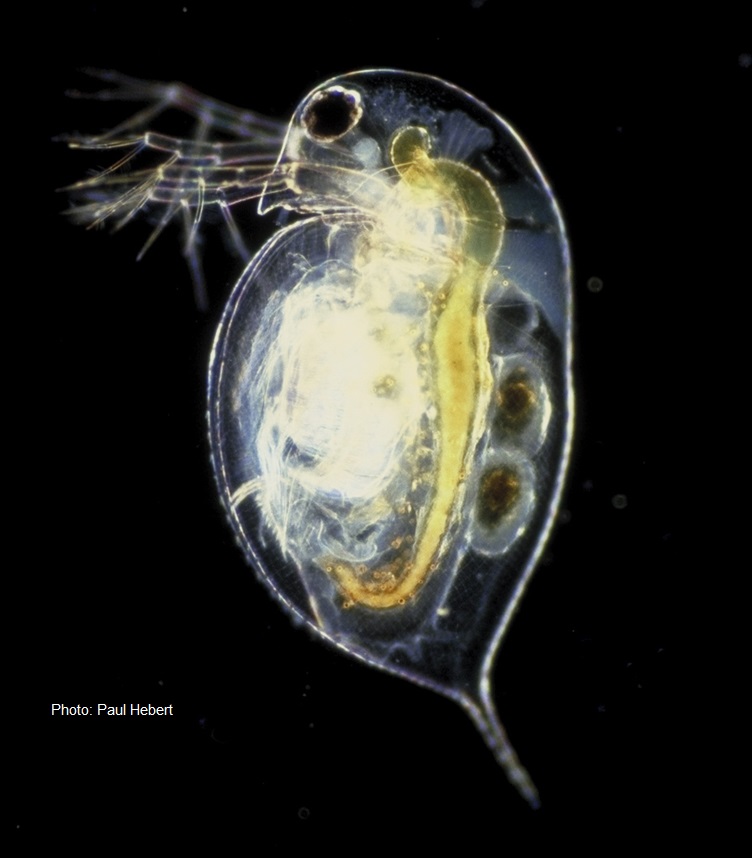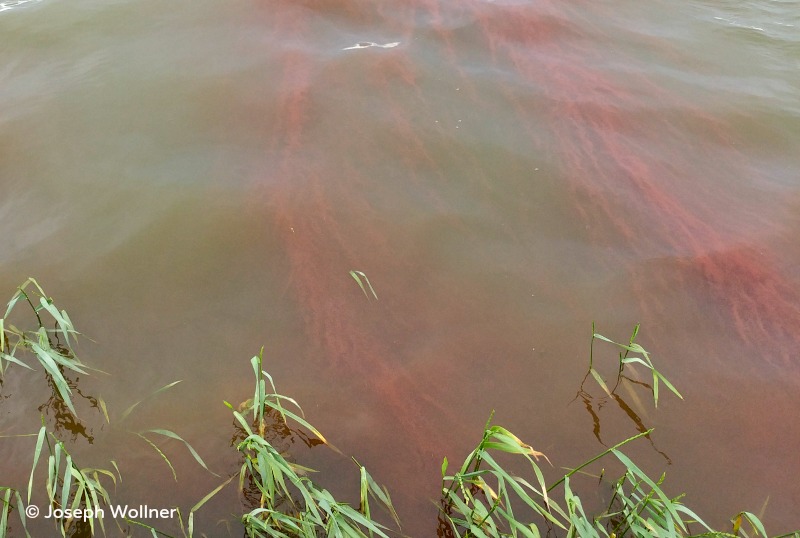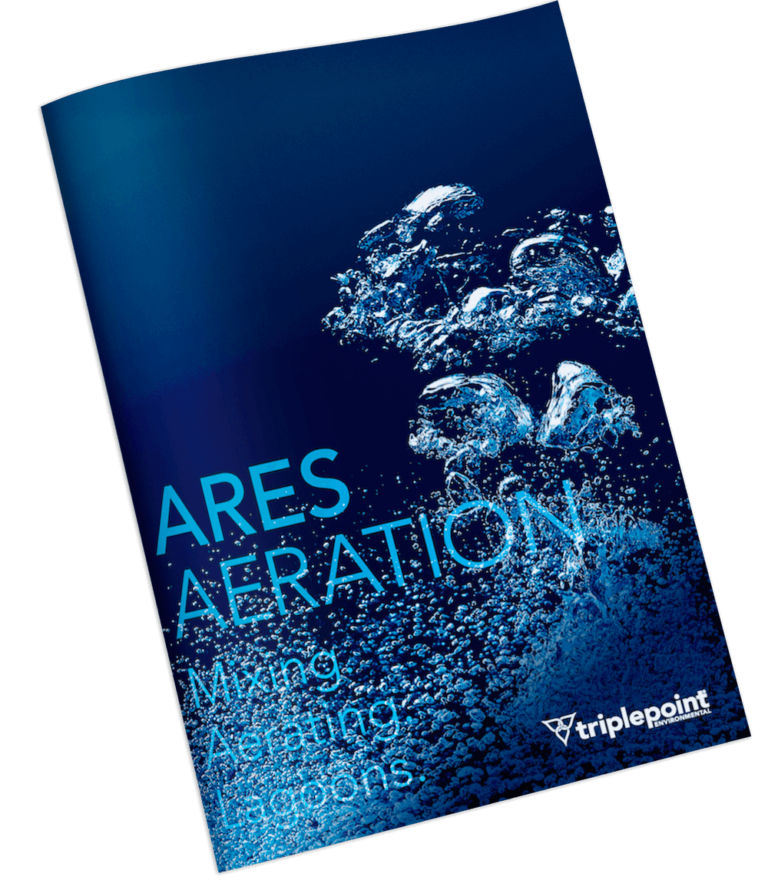What are Lagoon Water Fleas?
Daphnia pulex, although often called water fleas, are actually freshwater crustaceans closely related to shrimp. They take their nickname from the way they propel themselves through the water, which resembles the hop of a flea. Daphnia, the most common microscopic crustacean, can be visible to the naked eye, with lengths ranging from 0.2–5 mm. Their reproduction alternates between asexual and sexual reproduction, with females laying eggs during the warmer season and males only being produced during stressed conditions, such as overcrowding or cold temperatures. Eggs laid in the winter have a thicker protective shell and hatch in the spring.
The Micropolitan Museum of Microscopic Art Forms offers a gallery of Daphnia, called “The Water Flea Circus.” Their transparent skin makes them popular for scientific observation, as it’s possible to perform sensitivity experiments without killing them.
Daphnia are metazoan organisms, like nematodes, bristle worms, and tardigrades. Metazoa feed on algae and bacteria, and algae- and bacteria-consuming protozoa like amoeba, flagellates, and ciliates. In the simplest terms, bacteria do the grunt work in a wastewater treatment plant, consuming the soluble organic material like protein, carbohydrates, and fats, then forming as floc and settling out. Protozoa control the bacterial population and pathogens, cycle nutrients, and improve water clarity. Metazoa keep protozoa and bacterial populations in check; some process sludge.
For a more detailed explanation of wastewater microbiology, check out the Wisconsin Wastewater Association’s presentation, Wastewater Microbiology & Process Control. It was authored by Toni Glymph, Senior Environmental Microbiologist for the Metropolitan Water Reclamation District of Greater Chicago, which operates one of the world’s largest wastewater treatment plants.
Lagoon Daphnia are Picky Eaters

According to Modeling Daphnia Populations in Wastewater Stabilization Ponds in Minnesota, by Charles Joseph Hathaway and Heinz G. Stefan, Daphnia eat algae, but not all types. Some particles, such as those of blue-green or filamentous algae, are too large to fit into their mouths. They focus on unicellular algae, bacteria, and protozoa, and during the winter, they also consume sludge. Because blue-green and green algae compete, predation of green algae by Daphnia can give blue-green algae a foothold. (For more on blue-green algae, read our blog on harmful algal blooms.)
Warming temperatures jump start Daphnia’s metabolism as algae bloom in the spring. As Daphnia rapidly reproduce in response to the availability of algae, they help to remove TSS and cloudiness and turbidity from the lagoon.
Lagoon Water Fleas as Indicator Organisms
As part of the complex food web of a wastewater lagoon, the presence and appearance of Daphnia can give clues to treatment conditions.

Lagoon water fleas are useful as consumers of algae, improving water clarity and reducing TSS, and controlling bacterial and protozoan populations. But once they’ve consumed all the available algae, water fleas get stressed. This stress–due to low food and low dissolved oxygen–causes them to turn red or pink, resulting in red or pink streaks in the lagoon.
Check out our blog, What color is your wastewater lagoon?, for more on how lagoon color lends insight into treatment levels. Red or pink streaks in the lagoon are Daphnia’s way of telling you your lagoon has low DO.
Daphnia prefer lower pH conditions, possibly because of the effect of high pH on ammonia. They are ammonia-sensitive, preferring concentrations of less than 0.15 mg/L, and disappearing entirely at ammonia concentrations over 0.7 mg/L.
Water fleas are such champion algae grazers that it’s possible to have too many of them. If that’s the case, Michael Gerardi, author of The Biology and Troubleshooting of Facultative Lagoons, recommends water hyacinth as a natural remedy.
Getting the message from lagoon water fleas
Because the red and pink streaks of stressed Daphnia are a flag for low DO, it’s important to address the lack of dissolved oxygen before treatment is affected. Check out our blog, Troubleshooting Low Lagoon Dissolved Oxygen, for an in-depth look; here are some recommendations:
- Remove any algae, duckweed, or sludge that is blocking the surface
- Cut down any trees or plants that are interfering with wind action across the surface
- Reduce BOD loading by adding an influent screen, or run lagoons in parallel instead of in series
- Improve aeration and mixing.
Download the Ares Aeration brochure.
Triplepoint’s Ares Aeration® System ensures optimum DO levels.

What’s going on in your lagoon?
If you have any lagoon-related questions or challenges we may able to help you with, please don’t hesitate to contact us! And join our Lagoons Do It Better Facebook group, where we’re building a community of operators who can help each other out.
